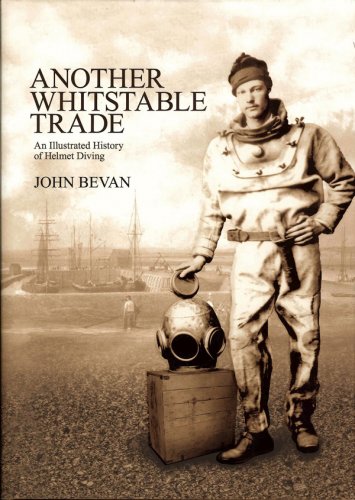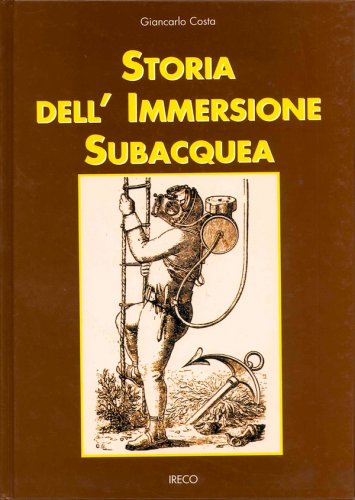Another whitstable trade
an Illustrated history of helmet diving - limited edition
Another whitstable trade
an Illustrated history of helmet diving - limited edition
- Disponibile in 7 giorni
- Possibilità di reso entro 10 giorni lavorativi
- Transazione sicura con carta di credito, Paypal o bonifico bancario
- Spedizione tracciata con SDA
As early as 1856 Robert Stephenson MP, the then President of the Institution of Civil Engineers remarked that ‘Nothing had so much contributed to extend and facilitate marine engineering, as the invention of the diving dress’. Coming from so great an authority and only 27 years after the original invention of the diving dress, this is a truly major proclamation. So where had the diving dress come from? Exactly how did it generate a whole new industry? The birthplace of the diving industry can be traced back to the tiny harbour-town of Whitstable, on the north coast of Kent. It was the seagoing salvage operations of the inhabitants of this small town that first attracted, nurtured and then exploited the diving helmet and dress in the early 1800s. Having established and honed their diving skills, Whitstablers retained a virtual monopoly over them for many years. The novel technology inevitably outgrew the small harbour town and spread all over the world. The transfer of this technology was achieved through a combination of entrepreneurial copying, dispersion through Royal Navy dockyards and vessels throughout the British Empire, sale of equipment and the progressive emigration of divers themselves. In addition to the massive contribution to marine civil engineering, the impact of the diving dress on the maritime operations of the unfortunate nations embroiled in two World Wars was enormous. The present world-wide diving industry, including the diving companies operating offshore to recover the oil and gas reserves, owes its existence to the enterprising divers of Whitstable. This book describes how professional diving developed from its original roots in Whitstable, how it spread around Britain and how it developed into a world-wide industry.









